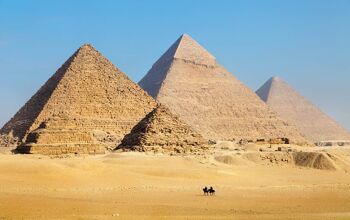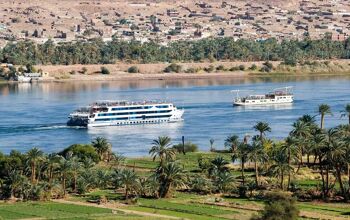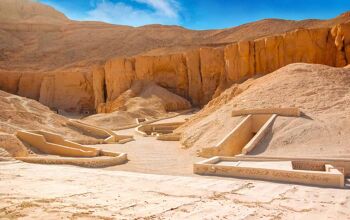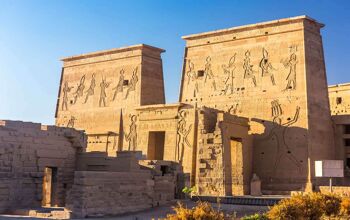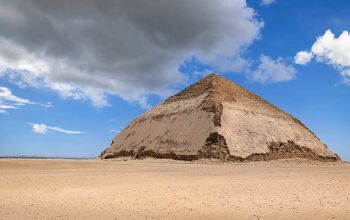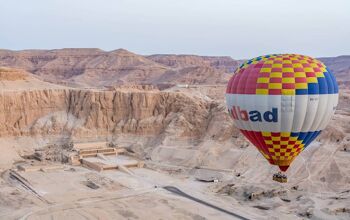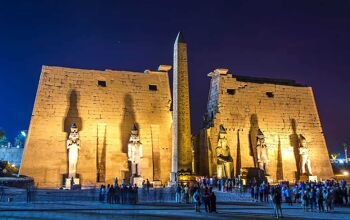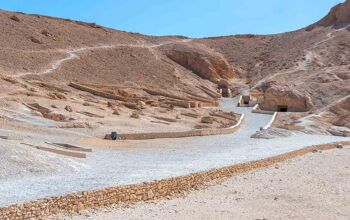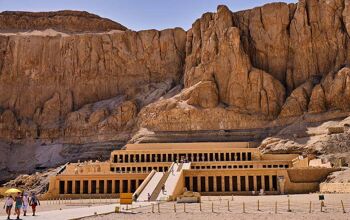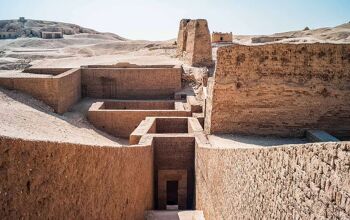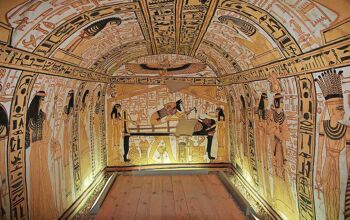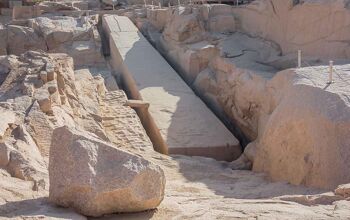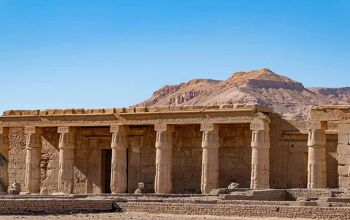Until the late 19th century, travelling in Egypt meant taking a boat on the Nile, as the roads were bad and there were no hotels. A trip on the Nile is still a defining experience, revealing a tapestry of astonishing ancient monuments, beautiful papyrus-dotted river banks, and a landscape that has remained largely unchanged in 4,000 years.
Cruises usually include visits to the magnificent temples at Esna, Edfu and Kom Ombo. All cruises end in Aswan, with a visit to Temple of Isis at Philae and an optional excursion to the Temples of Abu Simbel (strongly recommended).
There is, of course, the luxury riverboat option. The Sanctuary MS Nile Adventurer, formerly owned by Abercrombie and Kent, is a 5-star ship with 32 luxurious cabins and excellent food on board.
You could alternatively opt for a cruise on a charismatic dahabiya (a local sailing ship with 4-10 cabins). They can moor in more places than the large cruise ships, visit smaller sights on the way and get you closer to the Nile.
For the most authentic (and cheapest) cruise, feluccas sail between Aswan and Edfu or Esna, just south of Luxor. These single-mast boats have no cabins, so passengers sleep on benches or on the shore.

